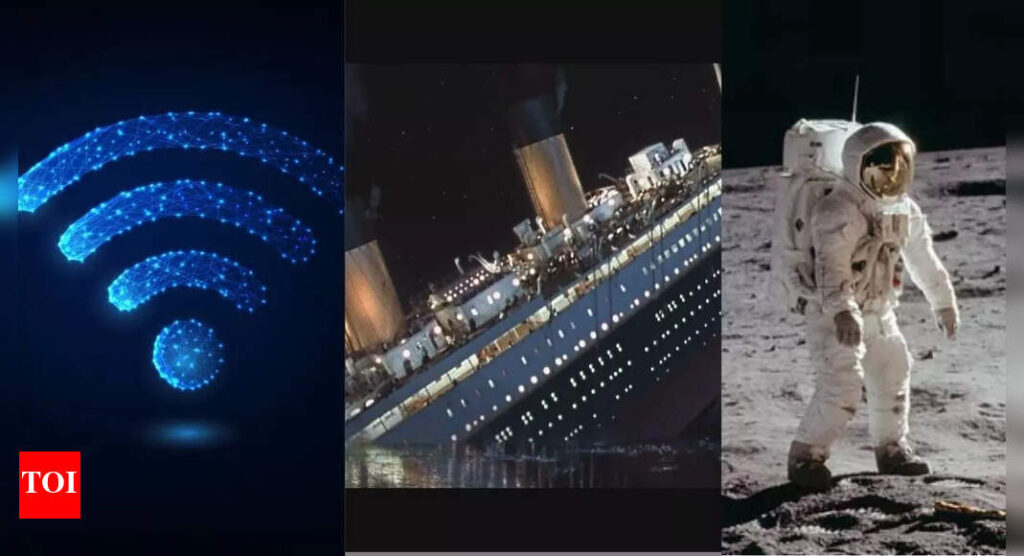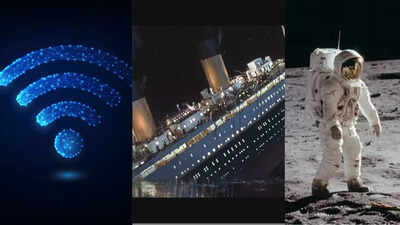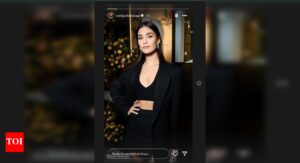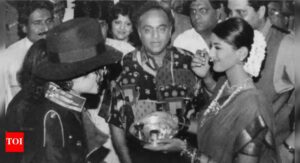10 Eerie predictions from history that shockingly came true | World News

Predictions have fascinated humanity for centuries, whether they came from prophets, scientists, or writers. While most forecasts miss the mark or fade into obscurity, a rare few have turned out to be incredibly accurate. These striking insights offered glimpses into the future that seemed almost too precise to believe. Some were rooted in deep observation, while others appeared to be the result of sheer intuition. From world wars and space travel to the internet and organ transplants, these predictions came true in ways that continue to amaze us today. Here are ten historical forecasts that remarkably became reality.
From Wi-Fi to World War, predictions that came true across the world
1. The Cold War- Alexis de Tocqueville (1840)
French political philosopher Alexis de Tocqueville predicted the rise of two dominant global powers during his travels in the United States. In Democracy in America, he wrote that Russia and America would one day “hold the destinies of half the world in their hands.” This seemed unlikely in the 19th century, but Tocqueville’s foresight was remarkable. His prediction came true during the Cold War era in the 20th century, when the United States and the Soviet Union emerged as superpowers locked in a tense global rivalry that shaped world politics for decades.
2. His own death- Mark Twain (1909)
Samuel Clemens, better known as Mark Twain, was born shortly after Halley’s Comet passed in 1835. In 1909, Twain made a striking prediction about his own death. He famously said, “I came in with Halley’s Comet… it is coming again, and I expect to go out with it.” This eerie prediction proved accurate when Twain died on April 21, 1910—just one day after the comet’s return. His statement is often cited as one of the most personal and accurate prophecies ever made by a public figure.
3. Wireless communication- Nikola Tesla (Early 1900s)
Nikola Tesla was far ahead of his time in predicting the future of communication technology. In 1909, he envisioned a world where wireless messages could be transmitted easily and widely, so simple that anyone could own and operate their own device. Tesla also described a “global brain” connected by wireless networks, anticipating the modern internet. His remarkable foresight paved the way for mobile phones, Wi-Fi, and other wireless technologies that have become essential to everyday life, transforming the way people communicate, access information, and interact worldwide.
4. World War II- Ferdinand Foch (1919)
French general Ferdinand Foch expressed deep concerns over the Treaty of Versailles, signed after World War I. He believed the treaty was far too lenient on Germany and warned that it was not a true peace but merely an armistice that would last twenty years. His fears were tragically realized in 1939 when Germany invaded Poland, triggering World War II. Foch’s statement showed his sharp understanding of the political realities and tensions that would soon escalate into another devastating global conflict just two decades after the end of the first.
5. Photo and colour technology- John Elfreth Watkins (1900)
In 1900, engineer John Elfreth Watkins published an article titled What May Happen in the Next Hundred Years. He made several striking predictions, including the ability to “telegraph photographs from any distance,” foreseeing real-time image sharing and live broadcasts. Watkins also anticipated the development of full-color photography at a time when black-and-white photos were the norm. His vision accurately forecasted technological advances that have since revolutionized media, communication, and entertainment, shaping how people capture and share moments in vibrant color and instant detail.
6. Organ transplants- Robert Boyle (Mid-17th Century)
Robert Boyle, a founder of modern chemistry, imagined future medical breakthroughs long before they were possible. Among his scientific hopes was the “cure of diseases by transplantation,” despite having no scientific basis or technology to achieve this at the time. Nearly three centuries later, Boyle’s vision became reality when the first successful human kidney transplant was performed in 1954. His foresight reflects the spirit of scientific progress—anticipating life-saving treatments that continue to evolve and transform modern medicine today.
7. The Moon landing- Jules Verne (1865)
Jules Verne’s science fiction novel From the Earth to the Moon described a manned mission to the moon launched from Florida. The story included a capsule called the “Columbiad,” carrying three astronauts who splashed down in the ocean upon return. Verne’s imaginative details were astonishingly accurate. Exactly 100 years later, NASA’s Apollo 11 mission launched from Florida with a spacecraft called “Columbia,” a crew of three astronauts, and a splashdown recovery in the ocean. His visionary writing remains a remarkable example of fiction predicting reality.
8. The Titanic disaster- Morgan Robertson (1898)
In his novella Futility, or the Wreck of the Titan, Morgan Robertson eerily described the sinking of an “unsinkable” giant ship named Titan, which struck an iceberg in the North Atlantic. The story included details such as a lack of enough lifeboats, resulting in massive loss of life. Fourteen years after the novella’s publication, the real Titanic met almost the exact same fate in 1912. The parallels between Robertson’s fictional ship and the Titanic’s disaster continue to fascinate and shock readers and historians alike.
9. Satellite communications- Arthur C. Clarke (1945)
In 1945, science fiction writer Arthur C. Clarke proposed using geostationary satellites to enable global communications. At the time, this idea was purely theoretical. Clarke’s vision became the blueprint for modern satellite technology, which today supports GPS navigation, television broadcasts, and worldwide internet connectivity. The orbit Clarke described is now known as the “Clarke Orbit,” and his prediction helped shape the way people around the world communicate and access information from space-based systems.
10. Smartphones and AI assistants- Ray Kurzweil (Early 1990s)
Inventor and futurist Ray Kurzweil foresaw a future where people would carry portable devices connected to a global network, offering real-time information and voice interaction. In the early 1990s, Kurzweil predicted the rise of smartphones and AI-powered digital assistants like Siri and Alexa. Today, these technologies are a part of everyday life, transforming communication, productivity, and personal convenience. His predictions highlight how artificial intelligence and mobile computing continue to reshape society in profound ways.








